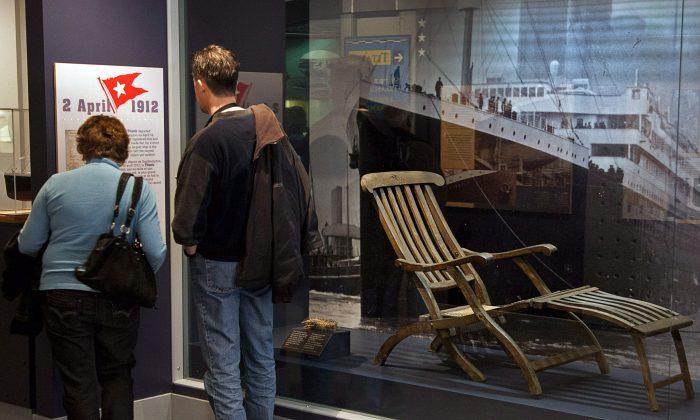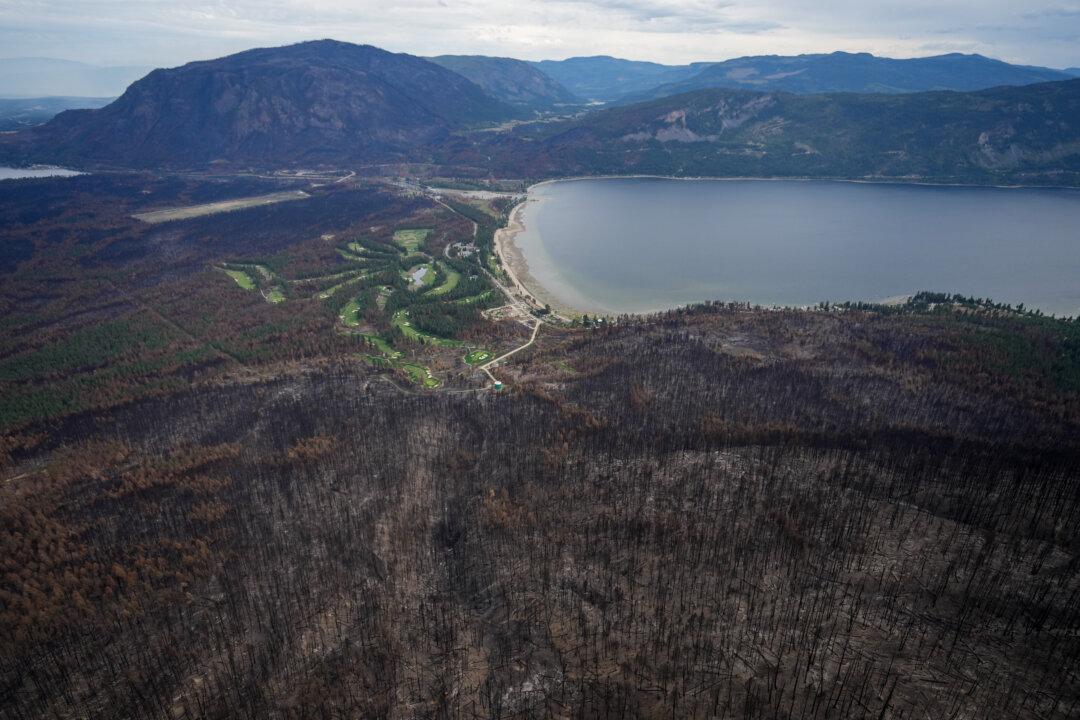HALIFAX—A leading marine archaeologist says Canada needs a consistent national strategy to protect the country’s underwater wrecks, amid concerns that sunken ships are being looted and undermanaged.
“In Canada, shipwrecks are kind of the poor cousin to on-land archaeological sites,” said Rob Rondeau, who has studied both the wrecks of the Titanic and Empress of Ireland. The ships sank just two years apart, carrying several hundred souls apiece to watery graves.
The Empress of Ireland collided with a Norwegian coal ship on the Saint Lawrence River on May 29, 1914, whistles blaring through the dense fog. Two-thirds the size of the Titanic, the freighter disappeared beneath the surface in just 14 minutes. Of 1,477 people aboard, 1,092 perished.
While the disaster of the Titanic looms as large as its name in our national consciousness, the Empress of Ireland—despite a similarly tragic casualty—has for the most part slipped into the annals of history. Rondeau says this reflects differing efforts, or lack thereof, employed to preserve the sunken ships and commemorate the disasters at a national level.
“The United States, they’ve been much more proactive with the Titanic, they’ve really sort of embraced it as their own, even though it was an international ship,” Rondeau said April 12 before a presentation at the Canadian Museum of Immigration.
More than 3,700 metres below the surface, the Titanic lies in international waters and thus falls within the scope of the UNESCO Convention on the Protection of the Underwater Cultural Heritage. In addition, the U.S. has national legislation protecting all archaeological sites from sea to shining sea.

“In Canada ... we don’t have one standard. We have a patchwork of regulations that vary from province to province,'' Rondeau said, noting that the hodgepodge confuses correct responses to even basic questions like who qualifies as an archeologist and how old does an archaeological site have to be.
Sitting just 40 metres below the surface of the St. Lawrence, the Empress of Ireland is the last Edwardian-era shipwreck accessible by dive, making it a prime target for recreational treasure hunters seeking their own piece of history.
Oceanographer Robert Ballard, who discovered the Titanic wreck, visited the Empress site and found that everything from fixtures to human remains have been pilfered.
In Quebec, no specific protection is afforded to shipwrecks. In 1999, the Empress of Ireland was declared the first underwater heritage site in the province, and is also protected under Canada’s merchant marine legislation.
Rondeau says both sites can be called legislative successes, but monitoring is paramount. The Empress is of particular concern because it’s so accessible.
“Any legislation, whether it’s dealing with speeding or (shipwrecks), if you’re not enforcing it, it isn’t effective,” he said.
Archaeologists like Darryl Kelman, president of the Nova Scotia Archeology Society, fear that these private scavengers will disturb or damage the artifacts, potentially removing valuable information about our past.
“The heritage, whether it’s underwater or on-land, it’s everybody’s heritage,” said Kelman. “It isn’t fair for one person to benefit by selling bits of everyone’s heritage.”
For now, freezing water, darkness, and sweeping currents are the only on-site protection for the decaying Empress of Ireland. Rondeau, who has visited the site, describes using a flashlight to trace the outline of a 170-metre-long hull collapsed on its side, wires exposed, the remains of hundreds of passengers and crew entombed inside.
Rondeau says when properly protected, the wreck site—and hundreds more like it—offer the opportunity to not only recover and conserve objects, but to personalize history. A balustrade will come alive with the hands of a passenger grasping for safety. Bones become stewards trapped below the deck.
“These are individuals who want their stories told,” he said. “And what I do is tell them.”
From The Canadian Press






Friends Read Free